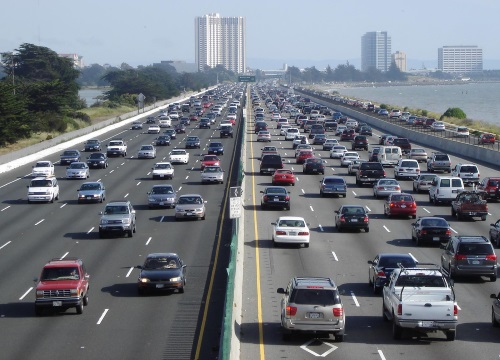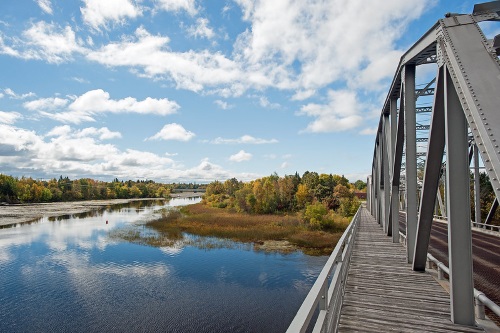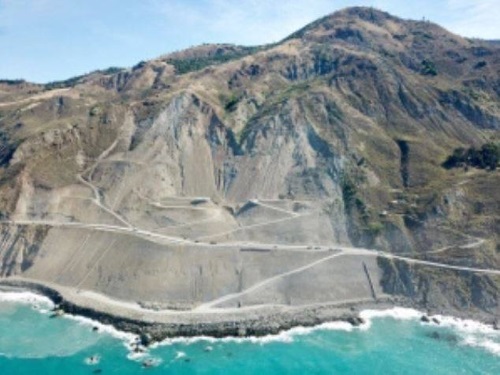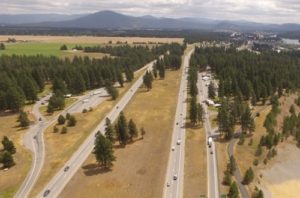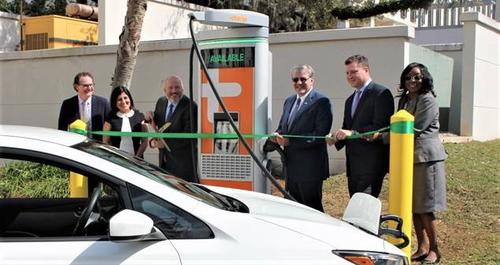The iconic image of a smoke-belching big rig growling down the highway will slowly fade into the California sunset, replaced by a smog-free electric vehicle (EV) gently humming down the road starting in 2024.
[Above photo from WikiMedia Commons.]
The California Air Resources Board unanimously approved the Advanced Clean Trucks regulation that requires manufacturers to begin transitioning from diesel trucks and vans to electric zero-emission trucks in 2024. By 2035, at least 40 percent of truck manufacturers’ sales would have to be EV trucks, and every new medium-duty and heavy-duty truck sold in the state would be a zero-emission vehicle by 2045.
The goal of the ruling is to reduce air pollution and help California meet federal air quality standards, “especially in the Los Angeles region and the San Joaquin Valley – areas that suffer the highest levels of air pollution in the nation,” according to a CARB news release.
Although trucking interests were mixed in their opinions of the new rule, environmental groups hailed it as a historic moment. The Sierra Club California said the ruling is “a win for the environment, air quality and the economy” and predicted it will “ensure a steady supply of zero-emission trucks.”
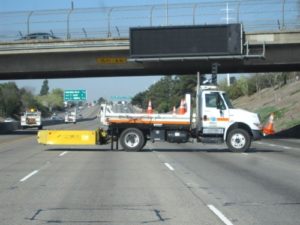
Whether it will ensure a steady supply of funding for Caltrans remains to be seen.
Although California leads the nation in EV ownership, EV owners do not pay fuel taxes – a main funding source for Caltrans and other state DOTs across the country. A new registration fee for model year 2020 and newer EVs is only projected to bring in $10.9 million this year, according to the 2020-2021 Caltrans budget.
However, agency officials added that another new fee – an annual assessment of up to $175 per EV – should bring total EV fees up to $50 billion over the next 10 years, with proceeds from EV registration and annual fees helping to pay for infrastructure projects.
By contrast, the 2020-2021 combined diesel excise and sales tax revenues are expected to bring Caltrans $2.2 billion – a number that will surely drop as diesel trucks fade away.
A similar “action plan” is to support broader deployment of EVs is being developed by 15 states and the District of Columbia. It aims to ramp up electrification of medium- and heavy-duty vehicles, including large pickup trucks and vans, delivery trucks, box trucks, school and transit buses and long-haul delivery trucks. In a joint memorandum of understanding issued in mid-July, that coalition aims to ensure that 100 percent of all new medium- and heavy-duty vehicle sales be zero emission vehicles by 2050 with an interim target of 30 percent zero-emission vehicle sales in those vehicle categories of vehicles by 2030.

